Here’s how a bone conduction test works and how it helps identify different types of hearing loss.
A bone conduction test is a common practice in hearing evaluations. Yet, not everyone is familiar with how this type of test works. As such, this may leave you wondering about the relevance or importance of such a test.
Plus, a bone conduction test sounds like a very invasive procedure, so it may even make you anxious when a doctor recommends it.
No worries. If you think you have hearing loss and want to understand how bone conduction tests can help, you’ve come to the right place.
This article will explain what bone conduction tests do, why they’re essential, if they’re effective, and more. So keep reading until the end!
What Is a Bone Conduction Test?
A bone conduction test is a hearing test that measures hearing loss and determines whether your cochlea is functioning correctly or not. The test involves sending audio tones straight to your inner ear via vibrations through your skull.
What’s the difference between bone conduction and air conduction?
Air and bone conduction differ in how they deliver tones to your ear.
With air conduction, the tone travels via air through the ear canal. It passes through the outer and middle ears before finally reaching the inner ear. On the other hand, bone conduction delivers tones through vibrations created by a bone oscillator. They travel via your skull bones, bypassing the outer and middle ears.
How to Perform a Bone Conduction Test
There are two essential components in bone conduction hearing tests: the audiometer and the audiogram.
An audiometer is a medical diagnostic device used to perform different hearing tests, not just bone conduction. It’s a stand-alone hardware unit with a tone generator, attenuator, and microphone. Also included are earphones or headphones with an attached bone oscillator placed behind your ear. The oscillator is responsible for sending vibrations to your inner ear.
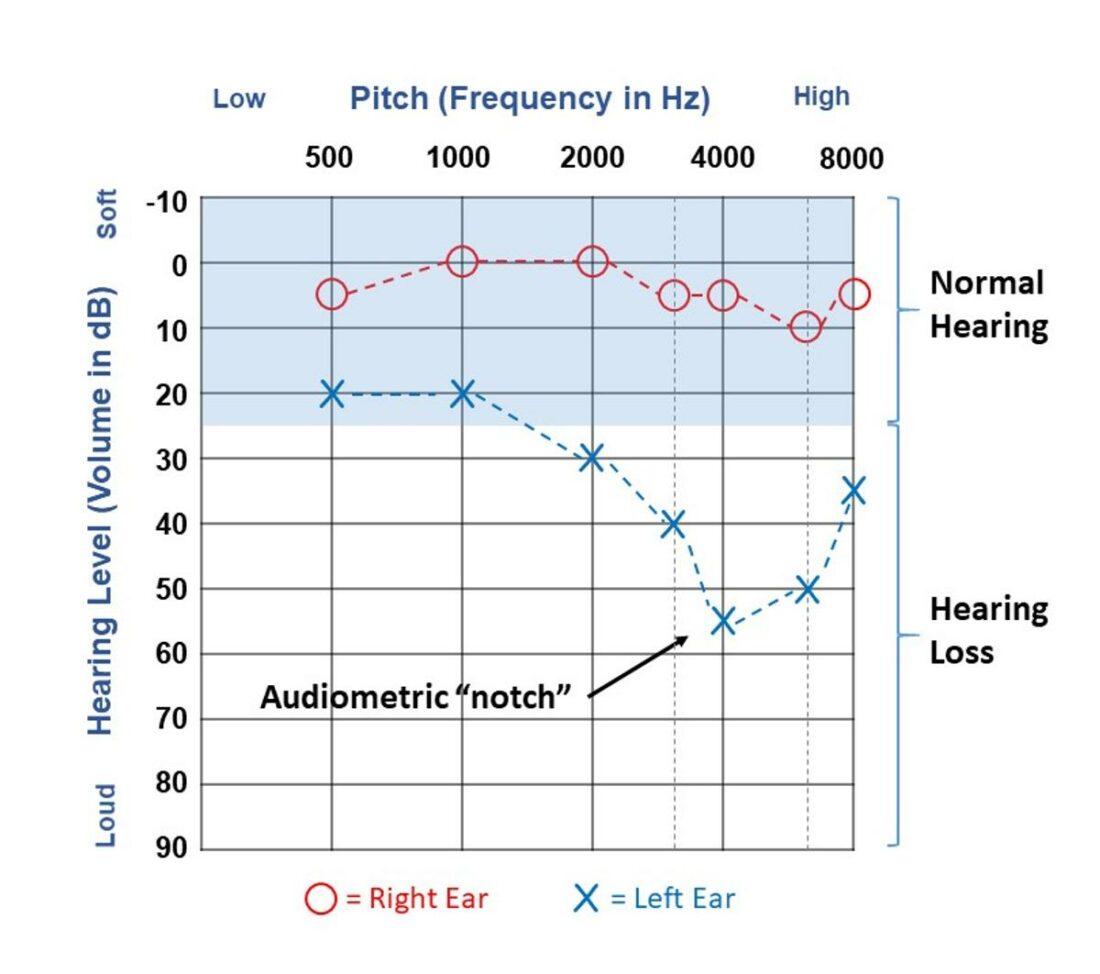
During a hearing test, audiologists plot your responses on an audiogram. This graph illustrates the frequencies you can hear and their corresponding decibel levels.
Both air and bone conduction results are recorded using different symbols. For air conduction, right and left ear results use an “O” and “X,” respectively. On the other hand, bone conduction results use “<” for right ear results and “>” for left ear results.
The audiologist then analyzes the air-bone gap to gauge the degree and type of hearing loss present.
It all boils down to how notable the gap is between the air and bone conduction results. Essentially, if there’s no gap, this could indicate the presence of sensorineural hearing loss. However, if there’s a significant gap, you may potentially have conductive or mixed hearing loss.
In addition to headphones, other bone conduction tests also employ devices like tuning forks and electrodes. Let’s take a closer look at each type and how they work:
Rinne and Weber tests
The Rinne and Weber tests use tuning forks to evaluate hearing loss. As such, they’re commonly called Tuning Fork Tests.
These tests have two parts, as the name suggests. The Rinne component uses air and bone conduction and involves placing a tuning fork in different positions near the ear. On the other hand, the Weber component only uses bone conduction.
By analyzing which position delivers the loudest sound, audiologists can determine whether you have conductive or sensorineural hearing loss.
Here’s a step-by-step guide for performing these tests:
How to perform the Rinne test
- Sound the tuning fork by striking it against your knee or flicking the prongs between your fingers.
Flick the tuning fork prongs between your fingers. (From: Youtube/Oxford Medical Education) - Hold the tuning fork 1 cm away and perpendicular to the ear canal (Position A).
Hold the tuning fork perpendicular to the ear canal. (From: Youtube/Oxford Medical Education) - Hold this position for 2-3 seconds to let yourself listen to the tone.
Keep holding for 2-3 seconds.(From: Youtube/Oxford Medical Education) - Reposition the tuning fork, pressing the base against a bony structure near the ear (Position B). The mastoid bone is an ideal position due to its proximity to the cochlea.
Press the base of the tuning fork against a bony structure near the ear. (From: Youtube/Oxford Medical Education) - Hold this position for 2-3 seconds to let yourself listen to the tone, then move it away.
- Determine whether Position A or B renders the sound loudest to you.
How to perform the Weber test
- Sound the tuning fork by striking it against your knee or flicking the prongs between your fingers.
Flick the tuning fork prongs between your fingers.(From: Youtube/Oxford Medical Education) - Press the base of the tuning fork on top of your head. It should be in the middle and slightly towards your forehead.
Press the base of the tuning fork on top of your head.(From: Youtube/Oxford Medical Education) - Hold this position for 2-3 seconds and listen to the tone.
- Determine if the tone sounds louder in the left or right ear.
Pure Tone Audiometry
Pure Tone Audiometry (PTA) involves playing back a series of tones at different frequencies and volume levels. This test typically uses headphones and relies on air conduction, but it can also be done through bone conduction using an oscillator.
Here’s a rundown of what happens during a PTA exam:
- You’ll wear headphones and sit in a soundproof booth.
Wear headphones and sit in a soundproof booth. (From: Youtube/Intrinsic Analytics) - The audiologist will then play a series of tones. Each tone will steadily decrease in volume until you can barely hear it.
The audiologist plays a series of tones. (From: Youtube/Intrinsic Analytics) - You’ll press a button with each tone played to indicate that you heard the tone.
Press the button when you hear a tone. (From: Youtube/Intrinsic Analytics) - The audiologist will then record your results on an audiogram.
The audiologist records results on an audiogram. (From: Youtube/Intrinsic Analytics)
Auditory Brainstem Response
The Auditory Brainstem Response (ABR) test uses electrodes to monitor brain activity in response to tones. And it shows how well sound travels from the auditory nerves to the brain stem.
Here’s how ABR testing works:
- The audiologist will attach one electrode behind each ear and one on your forehead.
Audiologist attaching electrodes. (From: YouTube/Backyard Brains) - You’ll then wear headphones and sit or lie in a comfortable position.
Wear headphones and sit (From: YouTube/Backyard Brains) - During the test, you’ll hear tones played through the headphones. You don’t need to respond to them.
Listen to tones played through the headphones. (From: YouTube/Backyard Brains) - A computer then records your brain activity on an audiogram.
A computer records your brain activity on an audiogram. (From: YouTube/Backyard Brains)
What Type of Hearing Loss Does a Bone Conduction Test Check?
Usually, if the results of the air conduction test are normal, meaning there’s no issue hearing the tones via headphones, then a bone conduction test is no longer needed. That’s because you can perceive sound as it passes naturally through your ear canal without problems.
However, the case is different if there are abnormalities in your hearing. For example, if you can’t hear very well via air conduction or only hear specific frequencies at higher decibels, a bone conduction test can help determine the source of the problem.
Here are the different types of hearing loss that bone conduction tests can help identify:
Sensorineural hearing loss
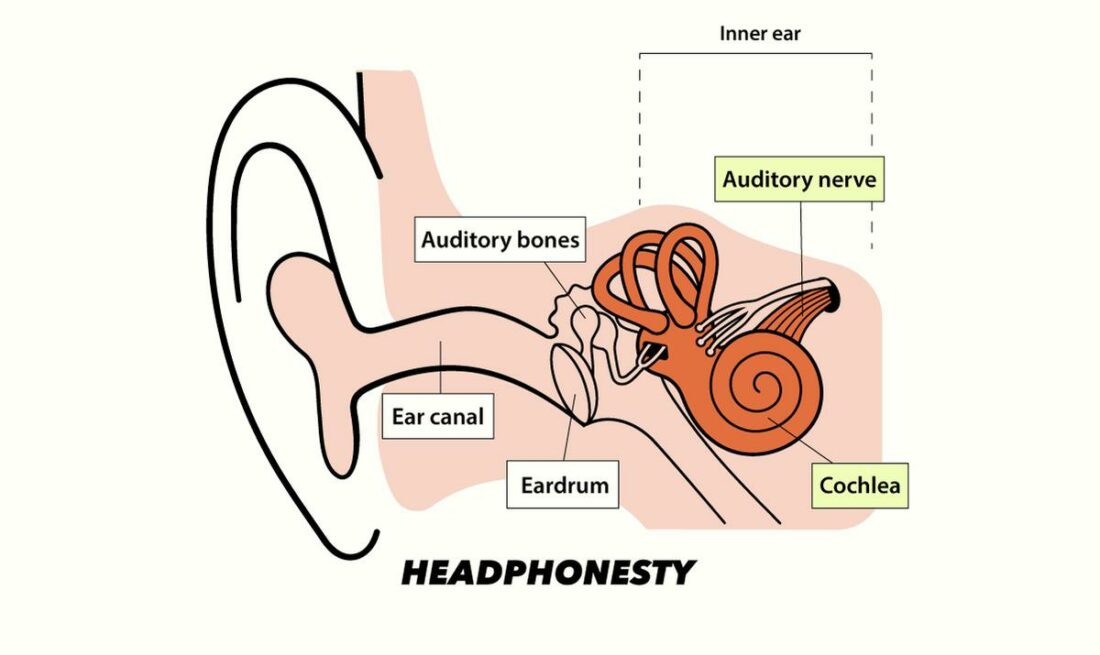
Sensorineural hearing loss occurs from damage to the delicate hairs in the inner ear and the auditory nerves. Since bone conduction directly targets the inner ear, exams like these are ideal for detecting this type of hearing loss.
For instance, in the Weber test, tones sound louder in the normal ear. That’s because the impaired ear can’t perceive sound due to damage to the auditory nerves in the inner ear.
From this result alone, audiologists can quickly diagnose sensorineural hearing loss, which they can further verify with more accurate bone conduction tests like ABR.
Conductive hearing loss
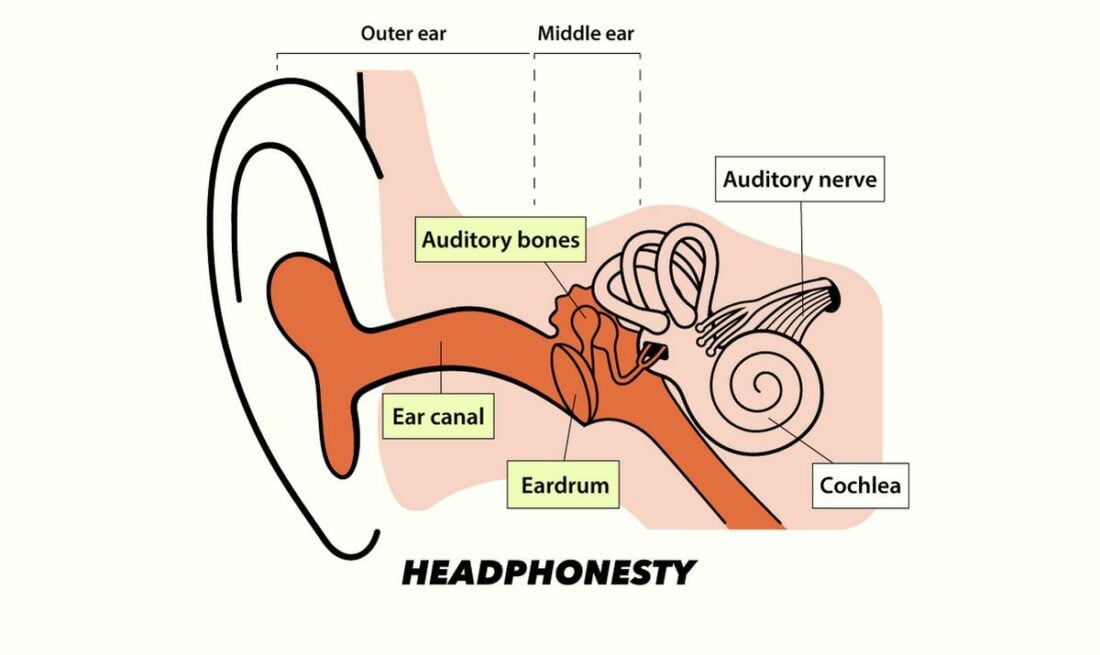
Conductive hearing loss involves damage or a blockage in the outer and middle ears. It can arise from infection, excess fluid in the ear, impacted earwax, and many other causes.
Identifying conductive hearing loss with bone conduction testing is relatively straightforward. For example, with PTA, bone conduction delivers tones to the inner ear via vibrations. If the tones sound louder through this method, it confirms the presence of an issue in the outer or middle ears that stops sound from reaching the inner ear.
Mixed hearing loss
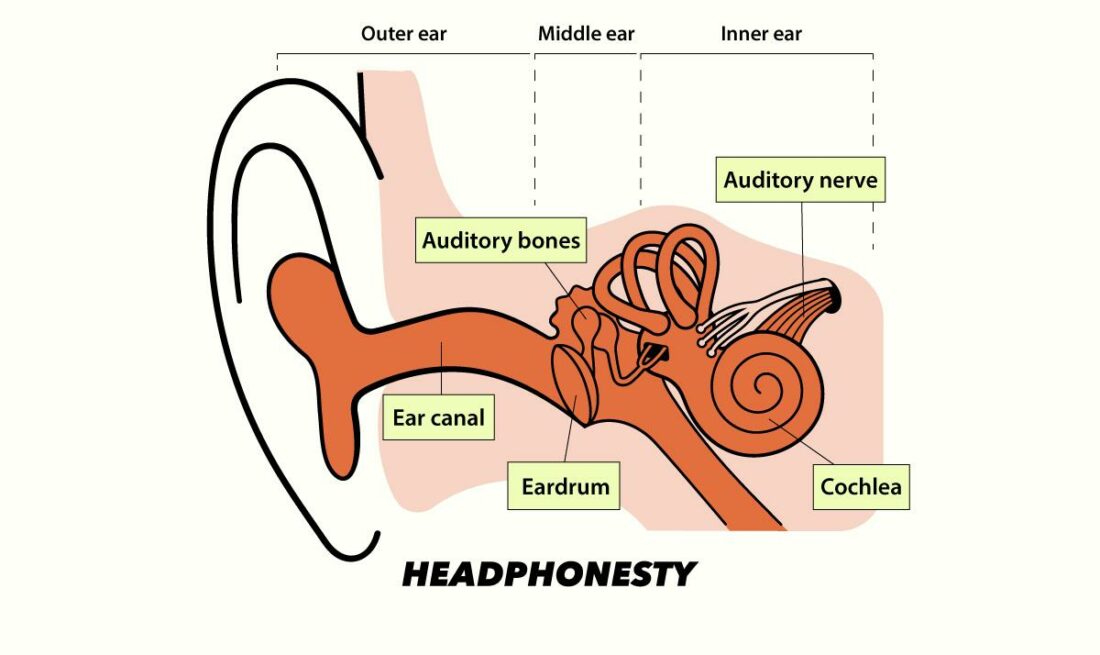
As the name implies, mixed hearing loss combines conductive and sensorineural hearing loss. Essentially, there’s damage to the outer, middle, and inner ears.
In this scenario, air and bone conduction tests help detect mixed hearing loss. Tests like PTA and ABR verify issues preventing sound from reaching the inner ear via air and vibrations.
The readings from both tests work in tandem and usually showcase higher thresholds. This means the air and bone results are plotted lower on the audiogram, signifying you can only hear the tones at higher decibels. In other words, there’s profound hearing loss.
Why Is a Bone Conduction Test Important?
Bone conduction tests are vital because they help you understand what kind of hearing loss you have. Such tests, in turn:
- Helps in early diagnosis and intervention: Early evaluation of hearing loss with bone conduction allows you to determine the source of your hearing issues before they can progress. This means you and your audiologist can make more informed decisions regarding a course of action, such as using a hearing aid, a bone conduction implant, or other treatments.
- Provides essential information for improving patient outcomes: Bone conduction testing provides critical information that helps doctors deliver tailored treatment plans and targeted solutions. By understanding the severity and location of the hearing loss, your audiologist will know if you need further testing or hearing aids.
- Helps to reduce cognitive impairment and dementia in adults: Older people are more at risk of experiencing dementia or cognitive decline due to hearing loss. With the help of bone conduction testing, elderly folk can get adequately evaluated for hearing aids, which could improve brain function and quality of life.
Are Bone Conduction Tests Effective?
Bone conduction tests are undoubtedly effective. However, there are limitations to what some of them can do on their own. For easier reference, we’ve created the table below to see what each test is best for and how effective they are.
| Rinne and Weber Tests | Pure Tone Testing (PTA) | Auditory Brainstem Response (ABR) | |
|---|---|---|---|
| Purpose | It serves as a preliminary evaluation for suspected hearing loss. | PTA is the gold standard for determining the specific location and configuration of hearing loss. | This test serves as an initial hearing screening for newborns and early diagnosis. |
| Effectiveness | These tests positively distinguish conductive hearing loss from other types of hearing loss. However, they are not 100% reliable when screening for sensorineural hearing loss. | This test is highly accurate since it screens each ear separately. However, the success of the test relies heavily on meeting conditions relating to the test environment and patient participation. | The ABR test has excellent accuracy in identifying sensorineural hearing loss. It’s also highly recommended for early diagnosis in babies and children due to the non-invasive testing procedure. |
Conclusion
After reading this article, you hopefully have a better grasp of what a bone conduction test is, how it works, what it does, and why it’s essential to diagnosing hearing loss. With any luck, this guide has given you the answers you need, leaving you feeling less nervous or stressed about having to undergo such a test.
Have you ever had a bone conduction test for hearing loss? We’d love to hear about your experiences, so leave us a message in the comments below!
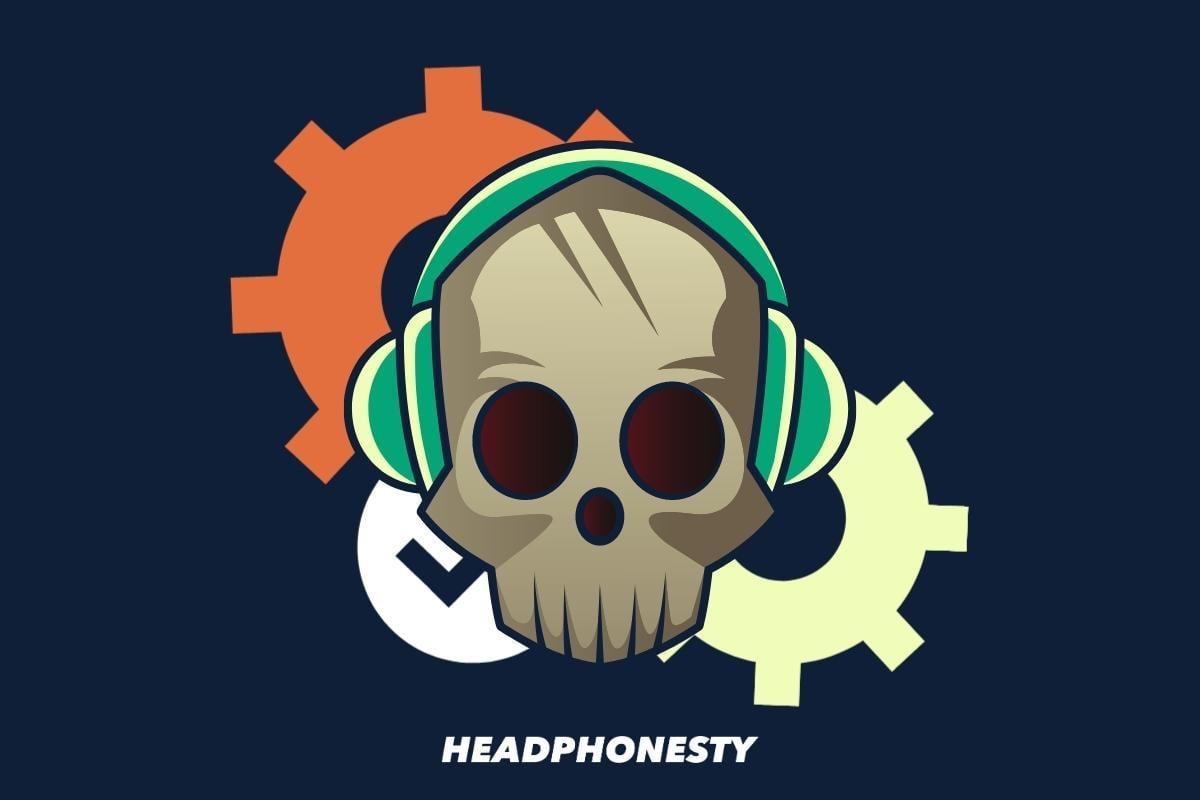
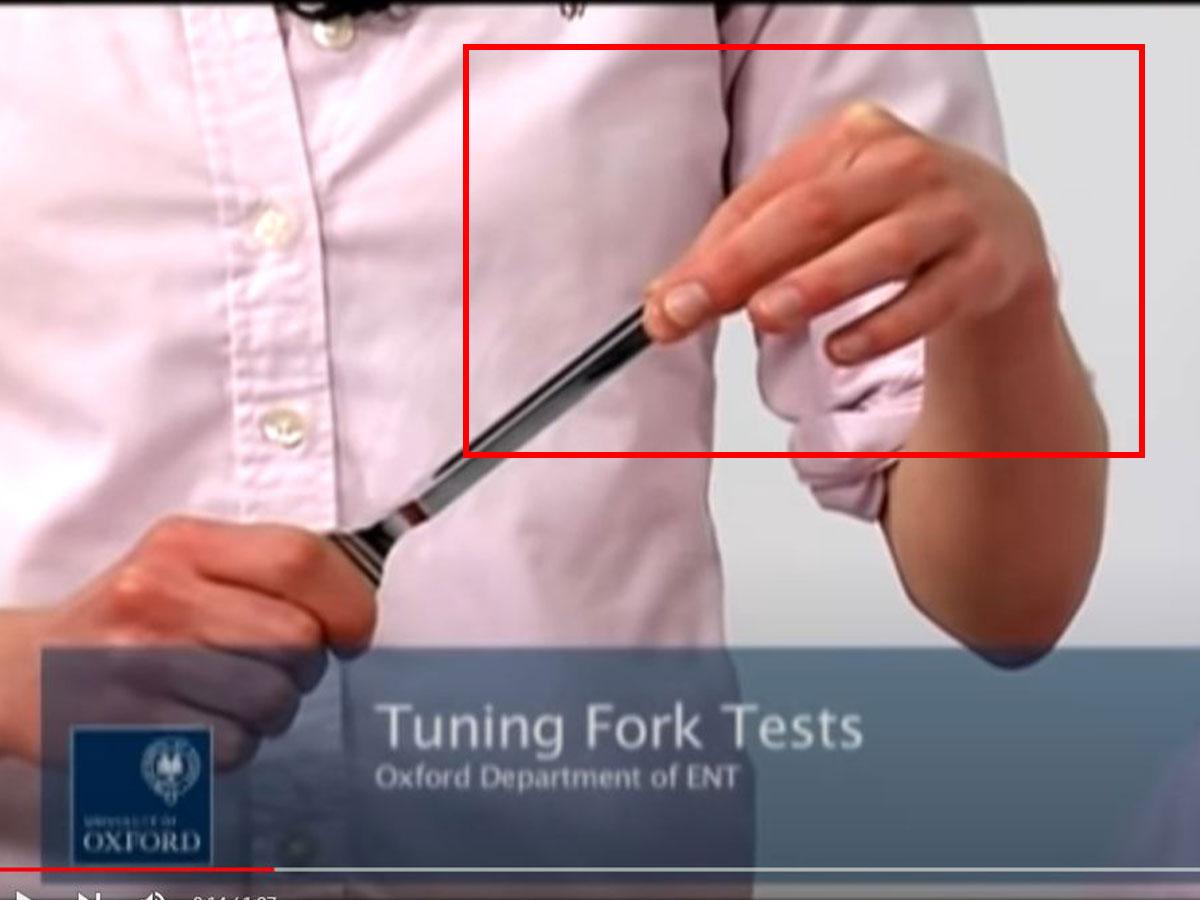
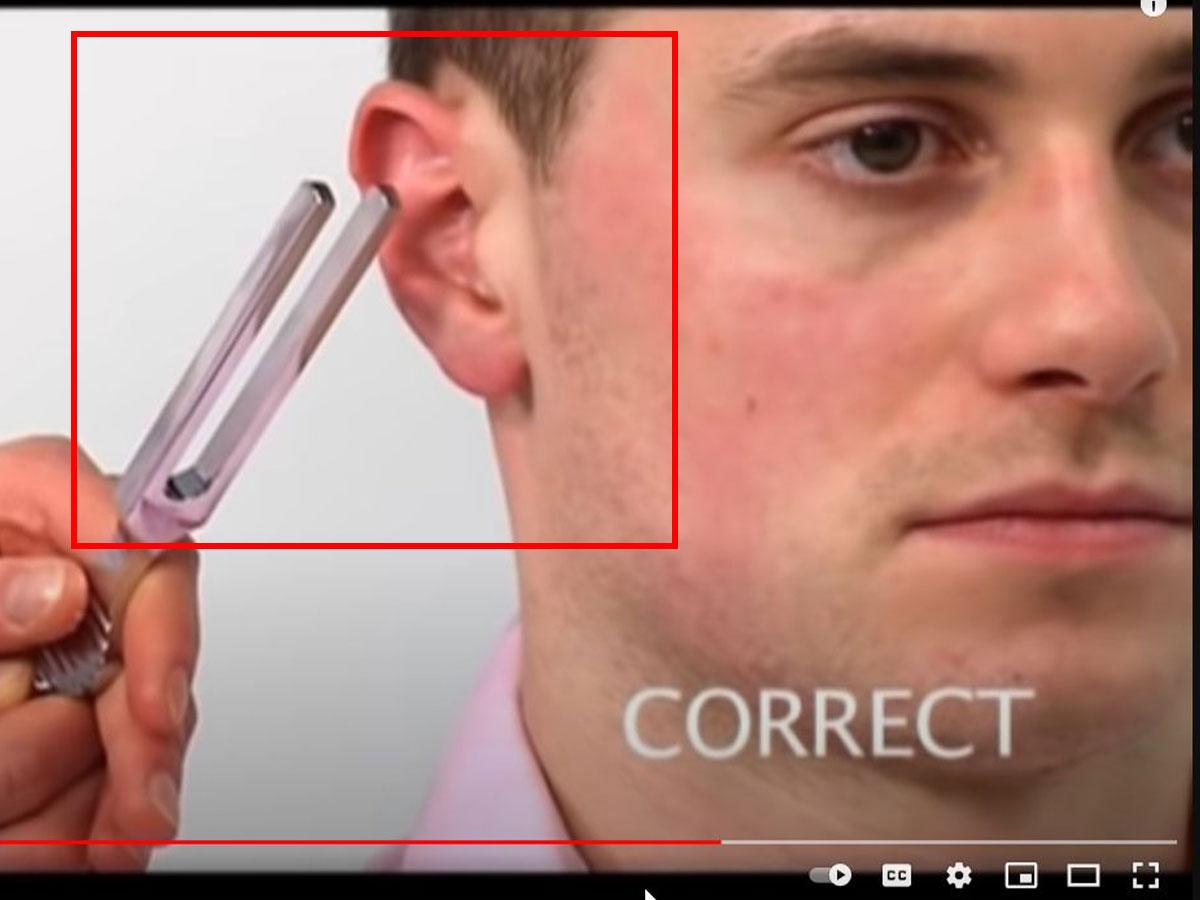
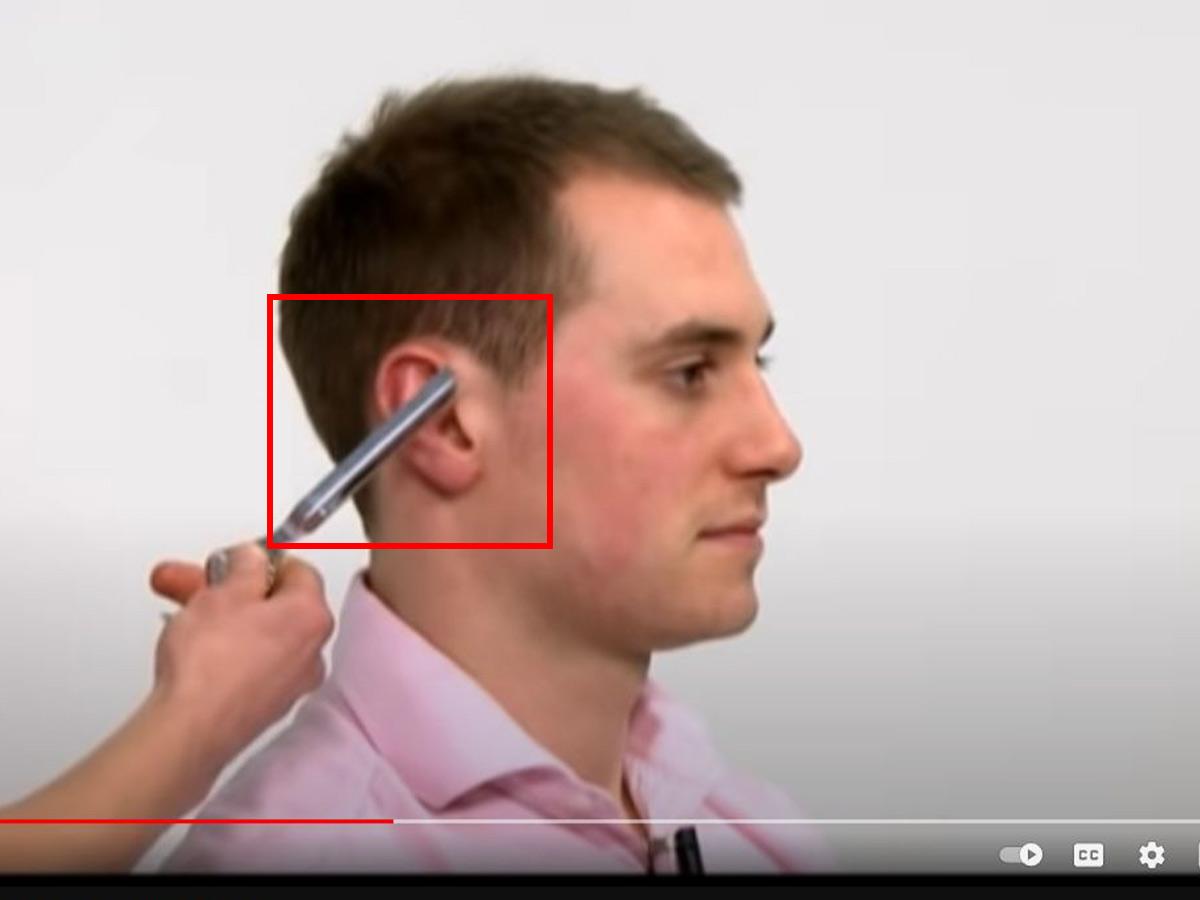
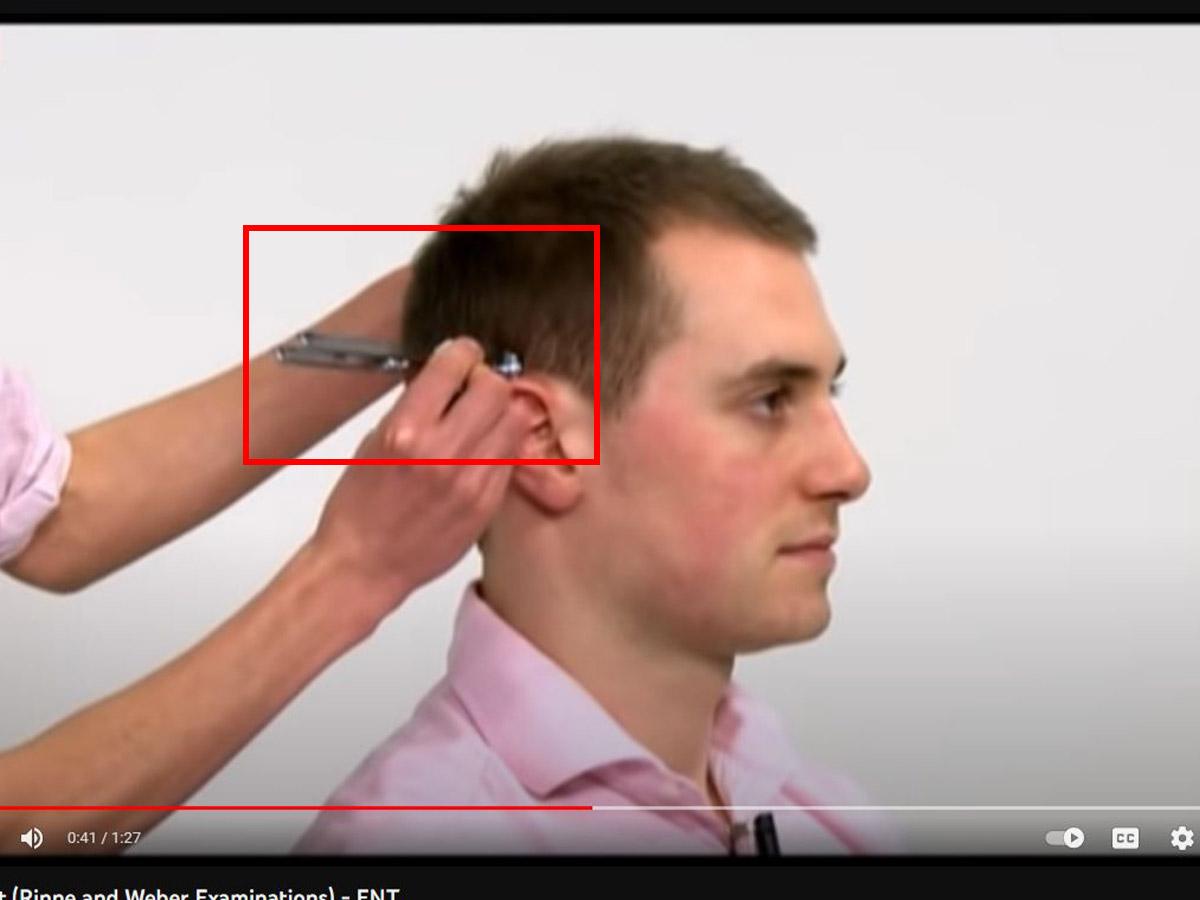
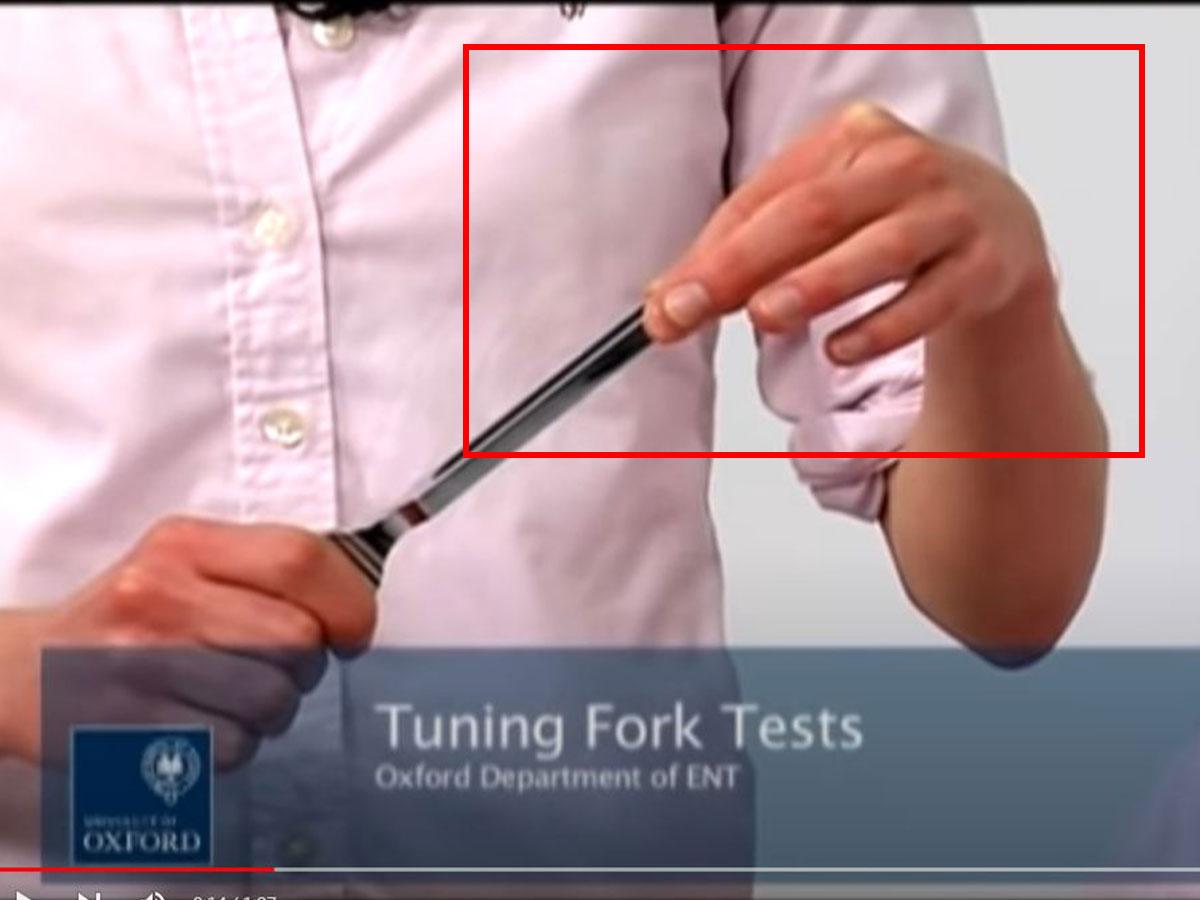
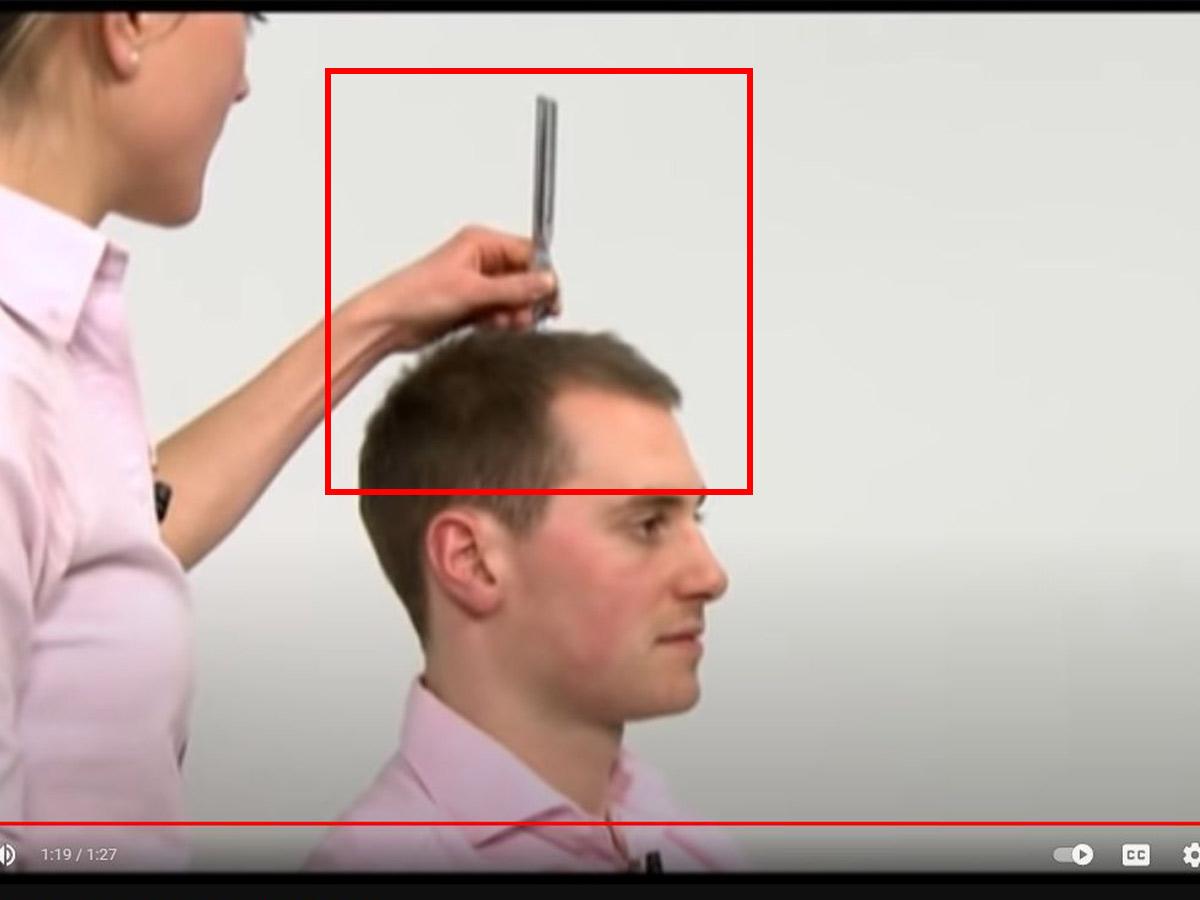
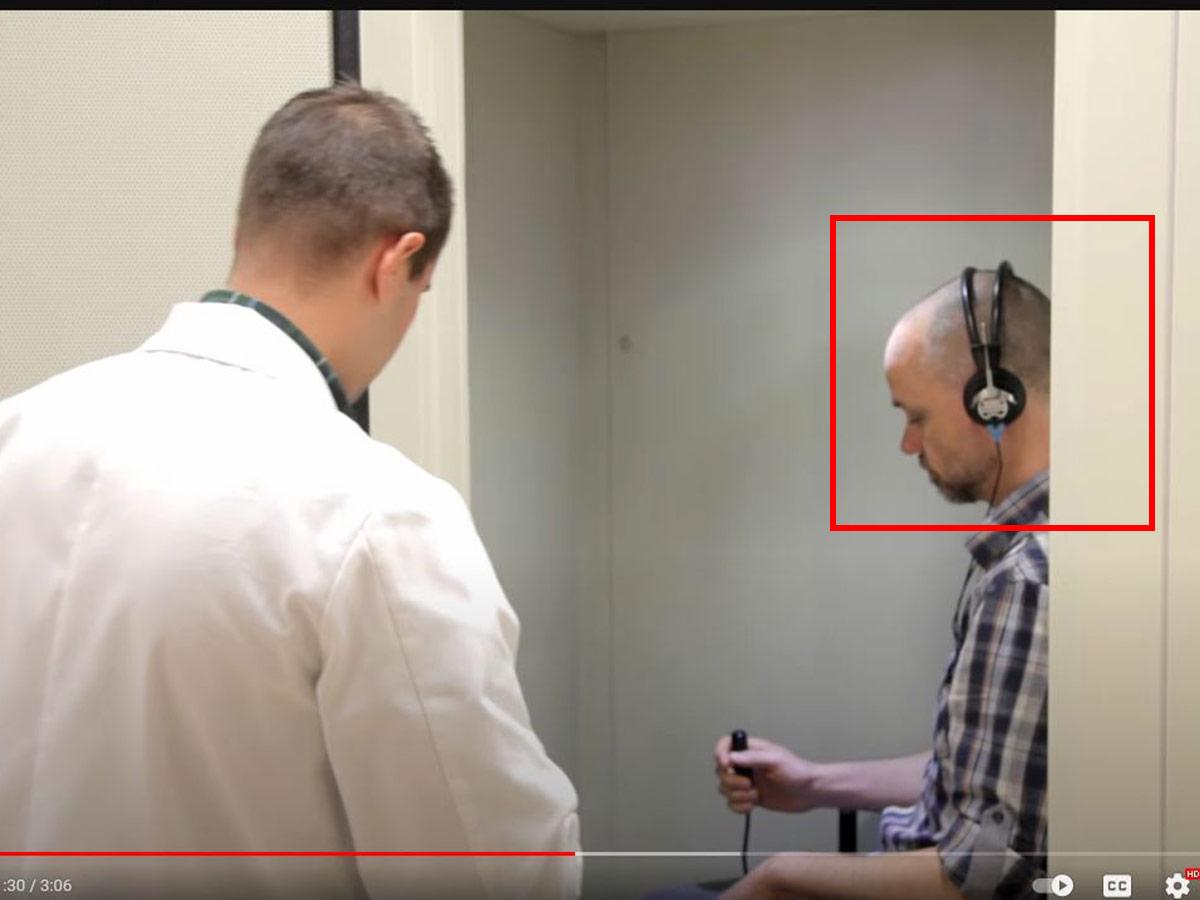
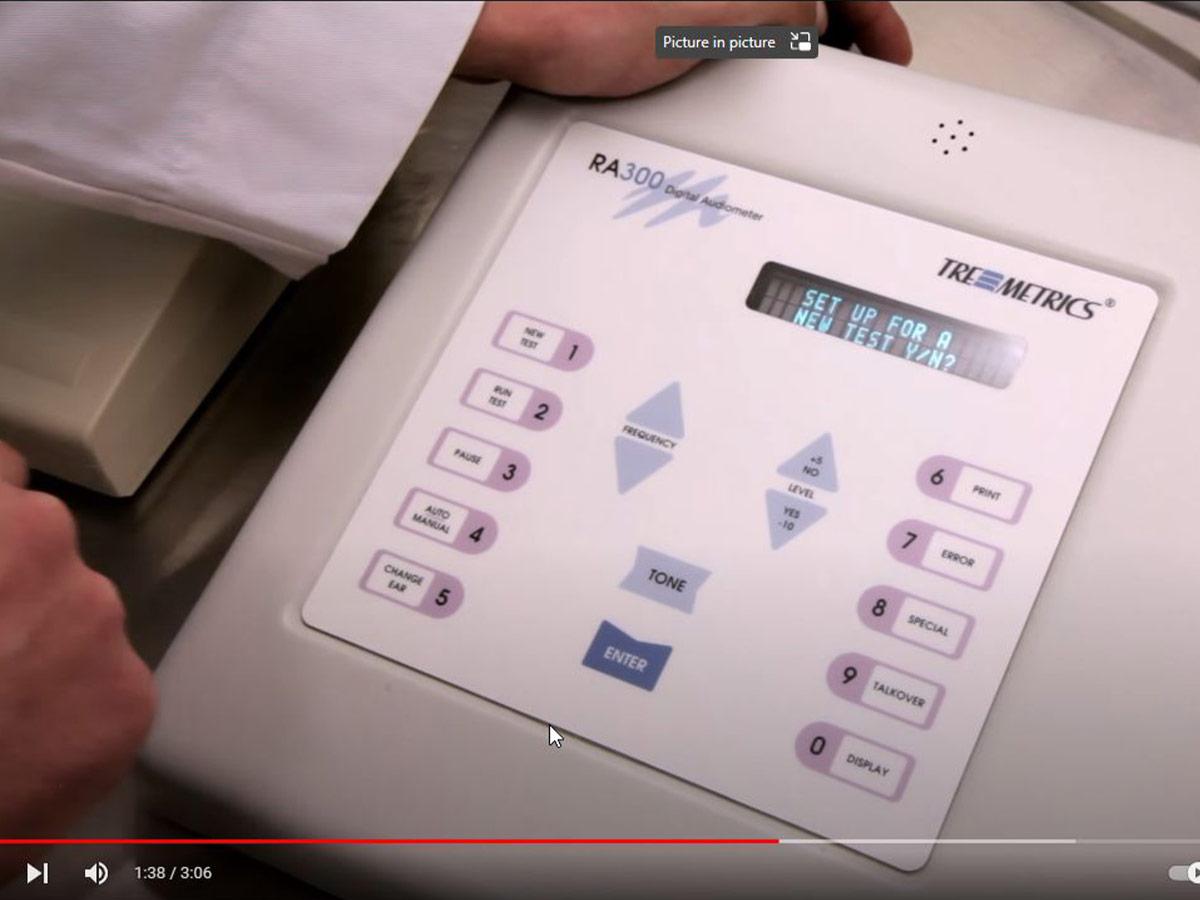

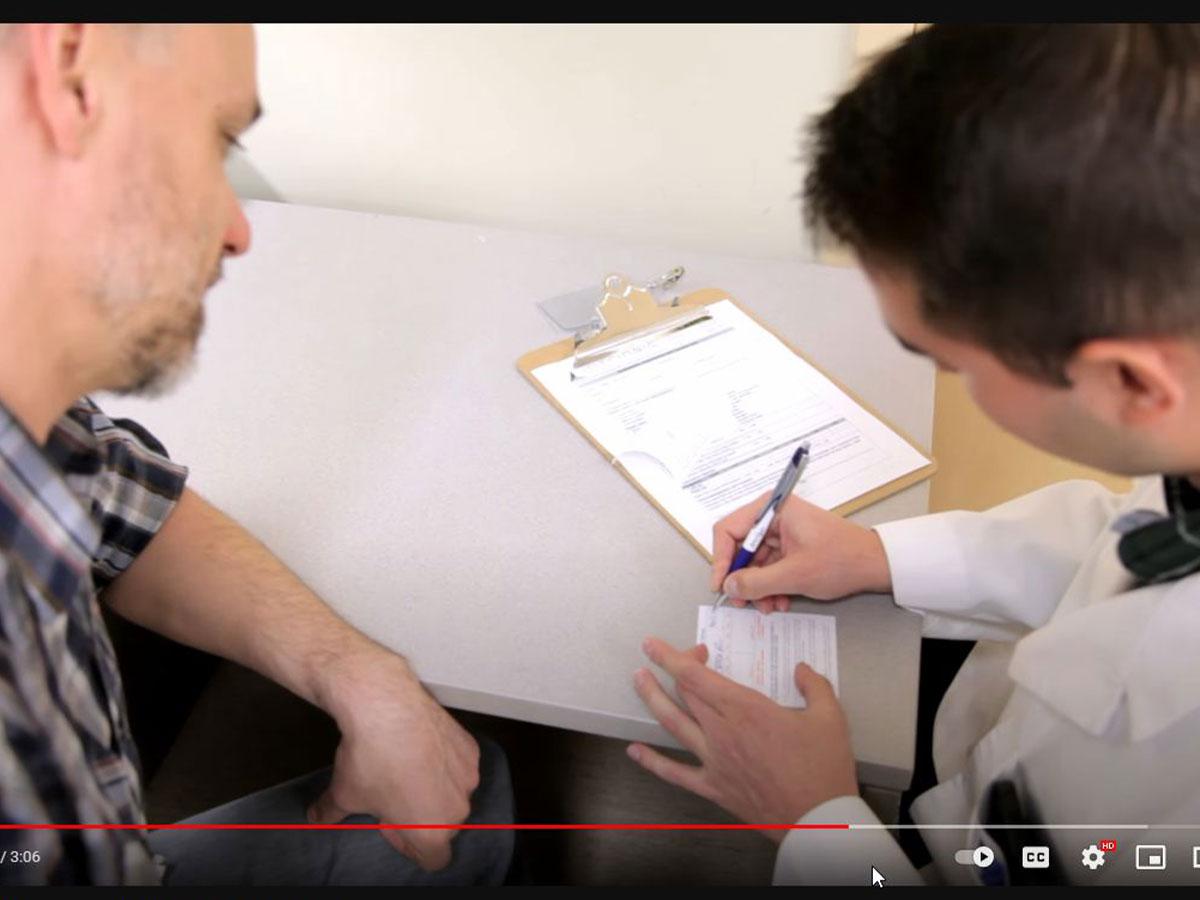
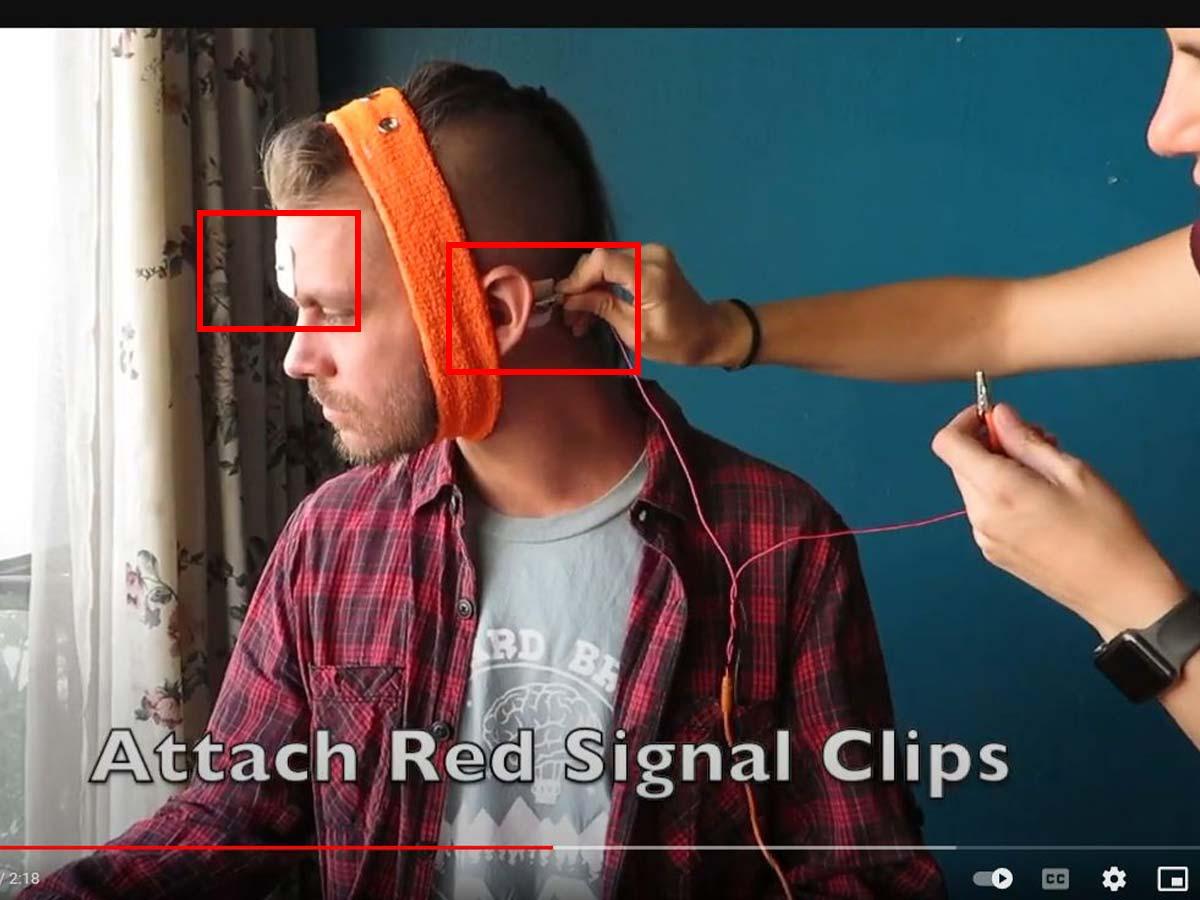
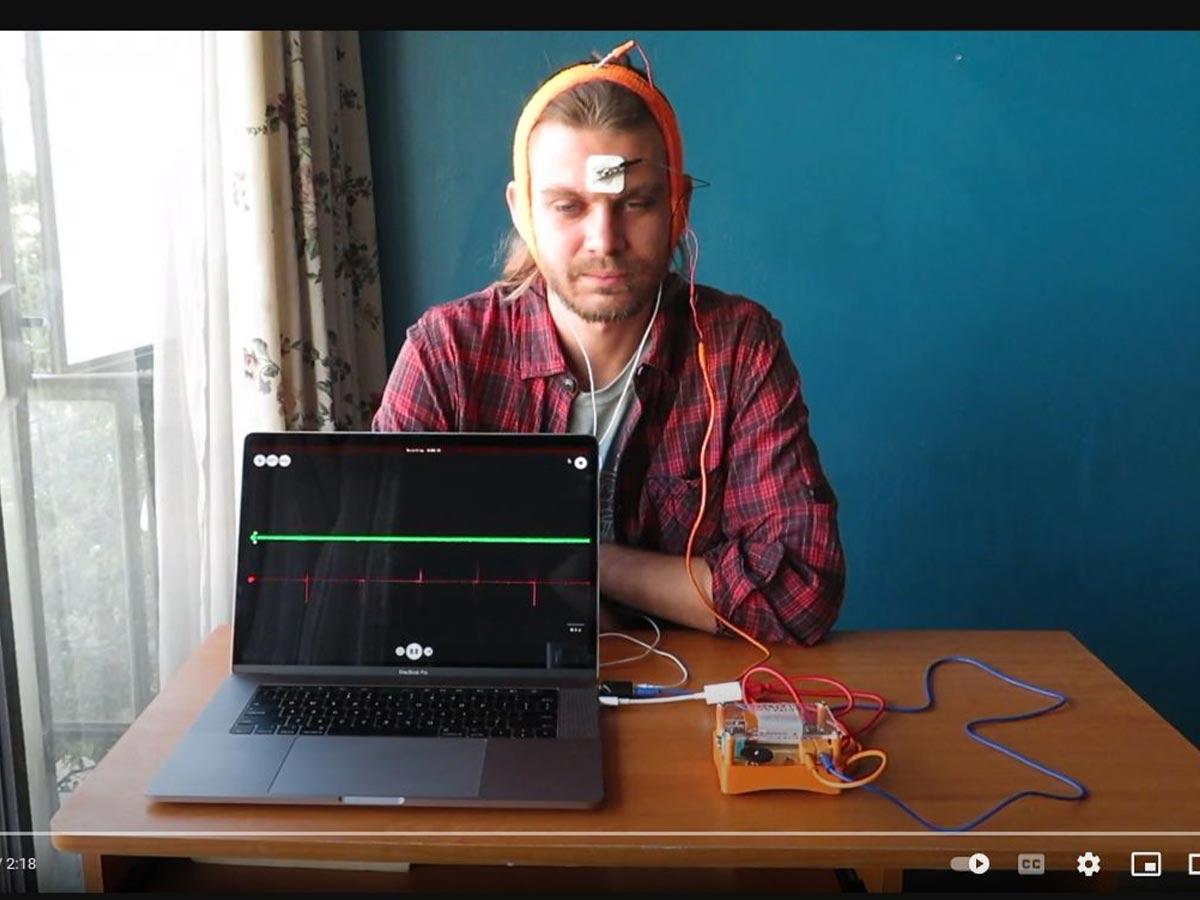
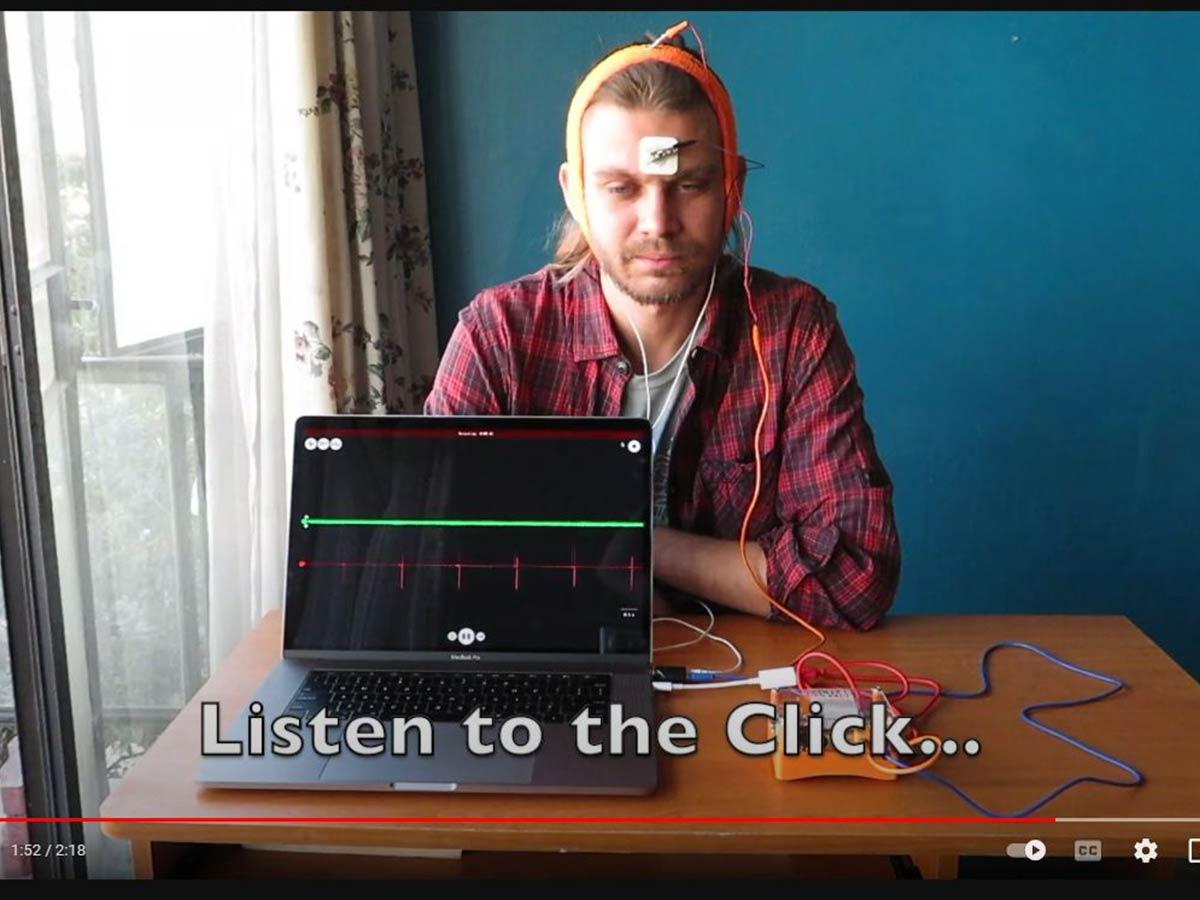
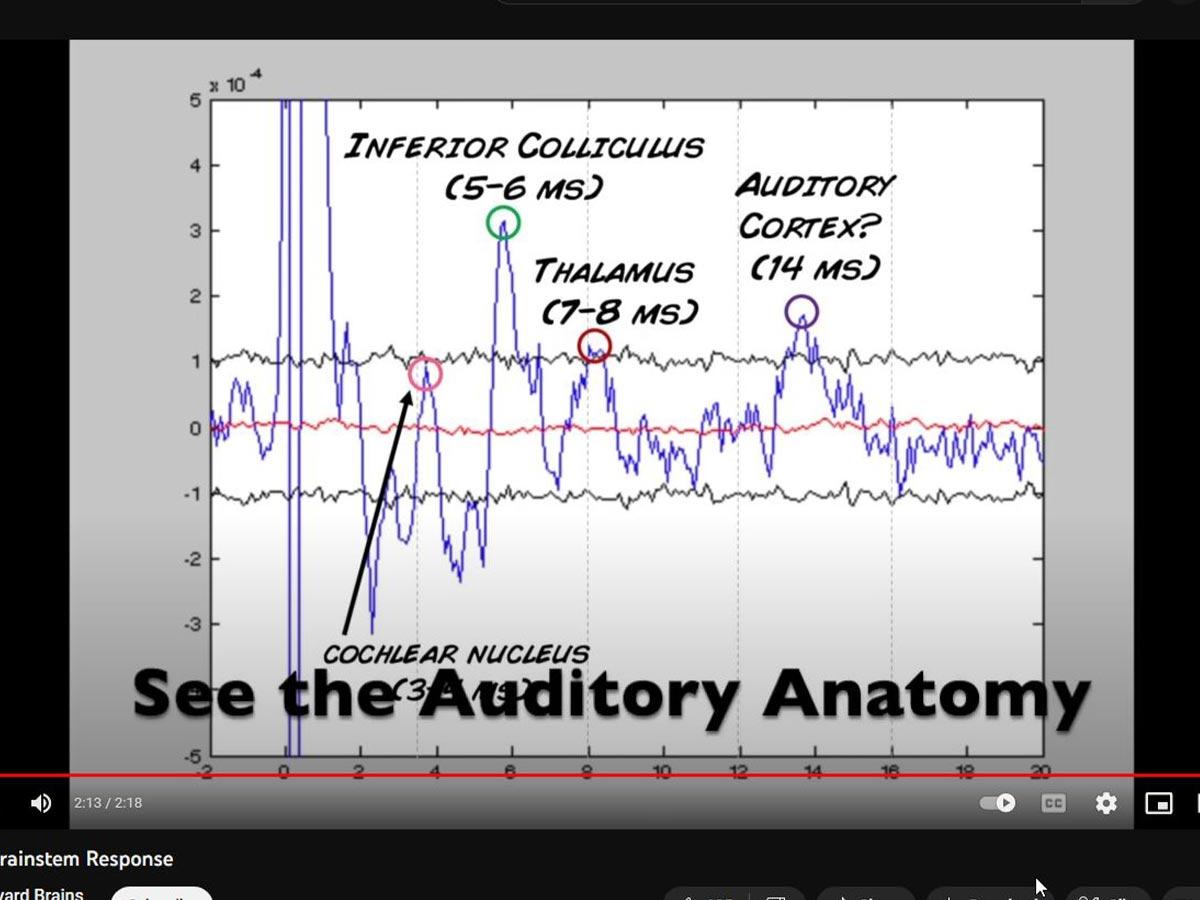
Hello, I am. licensed Massage Practitioner, and was wondering if there were any music playlists that might help encourage the body to naturally heal TMJ and or other jaw/ teeth issues..
sometime frequencies begin the cellar healing matrixes and I wasn’t sure if that could include using bone conduction healing therapy via sounds/ vibrations to stimulate cellular repair, regeneration or regrowth?
If so.. where can I find scientific information backing claims, tests, finding, issues or conclusions- even 3rd party tested experiments?
Thank you for informing and enlightening me about bone conduction, vibration therapies and tuning forks!